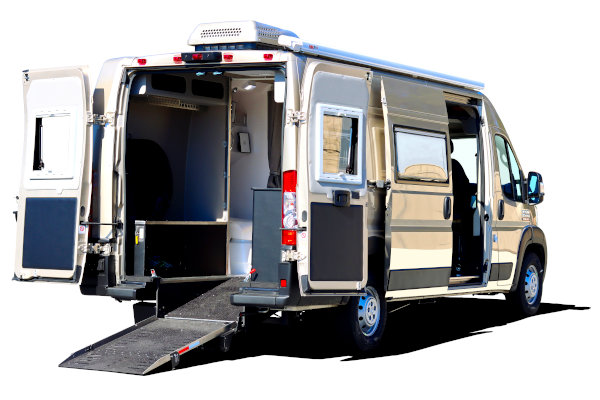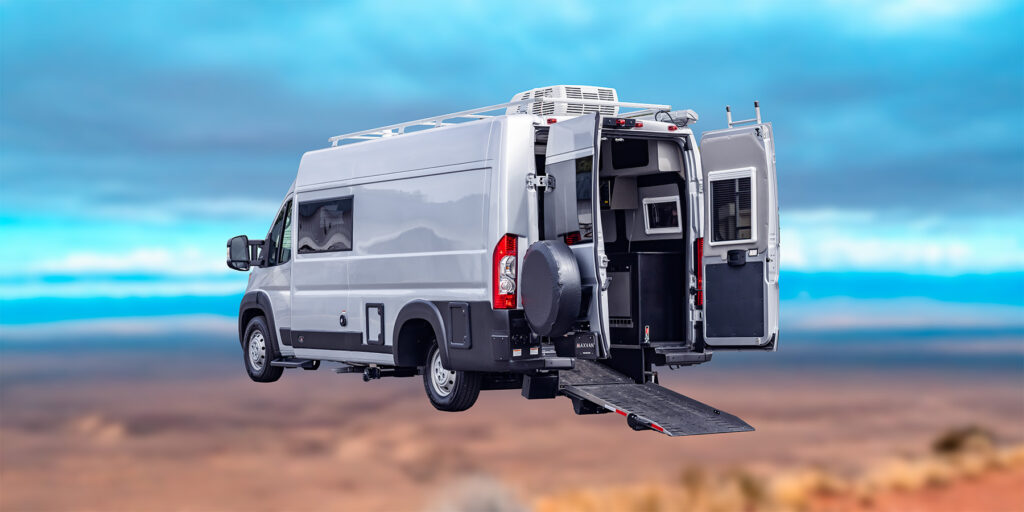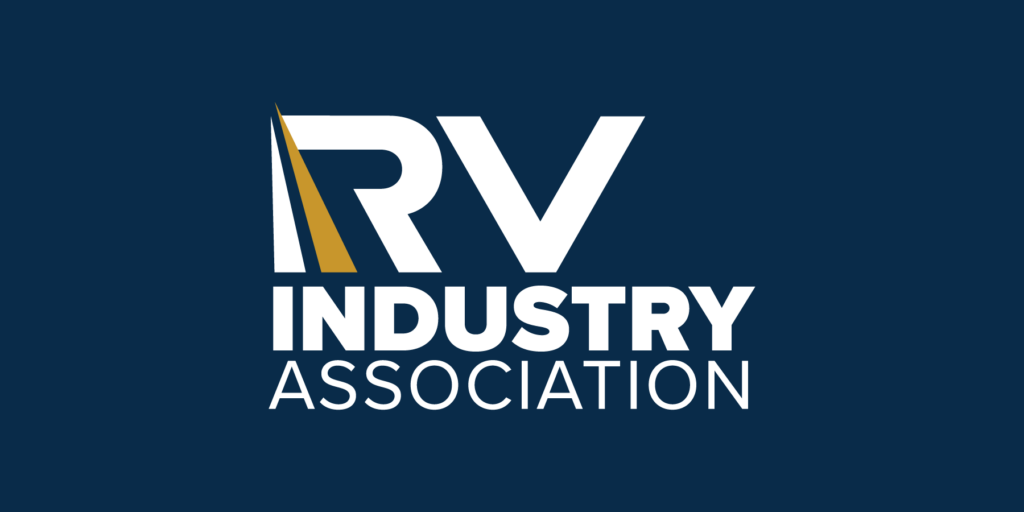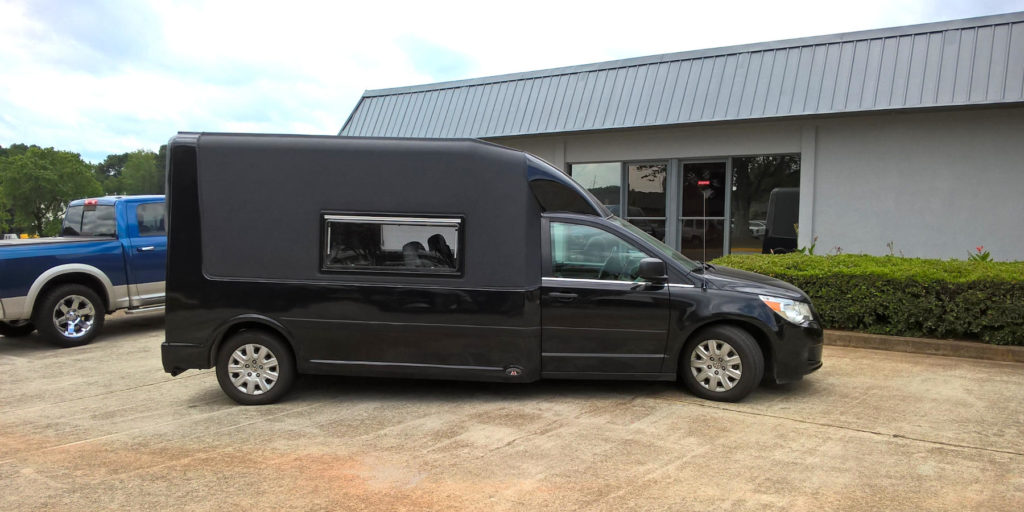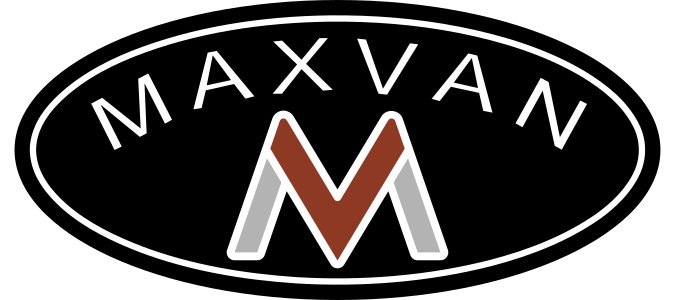Backstory
Hi, my name is Jordan Boston, the lead product designer at Adaptive Mobility Systems, Inc. Our main business was, and still is, converting minivans for handicapped accessibility. In January 2002, I started working at “AMS” as a mechanic doing warranty repairs and quality control. Seeing their products back then, I noticed improvements could be made to help streamline production and overall quality.
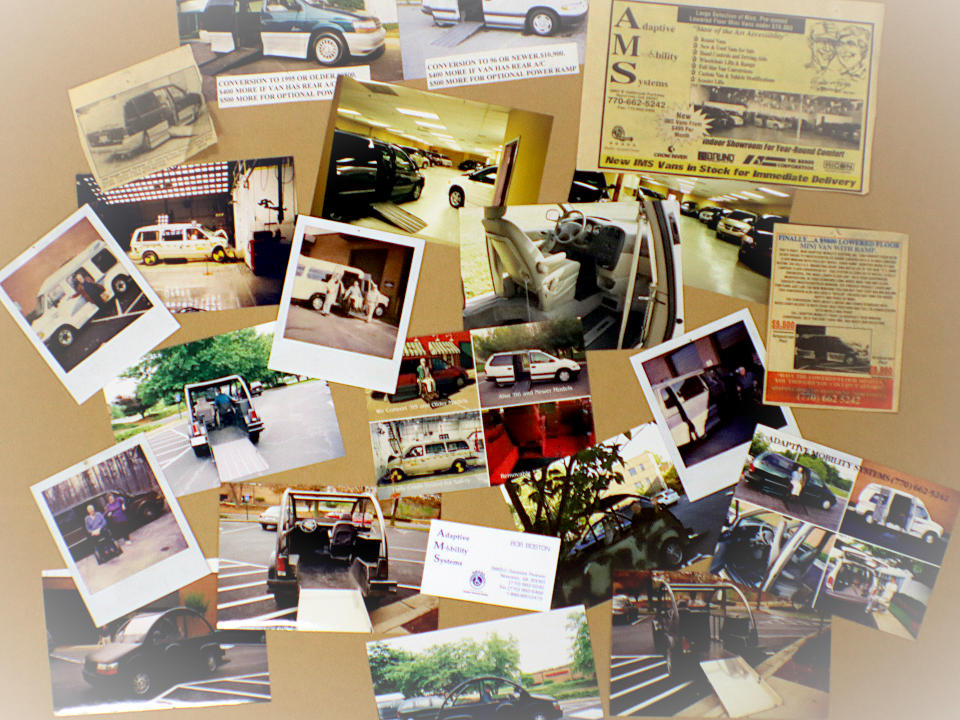
I started building fixtures, redesigning parts, and talked the owner into buying all the metal fabrication machinery needed to make the parts ourselves. Formerly we had all of our metal parts made by a local metal fab shop. They did a good job, however making a change to the parts was a nightmare. It would take around a month to make a small change on a part, since we would order a month worth of parts, because of their lead times. With the metal fabrication in house, we were able to make improvements rapidly. I would make changes from car to car until all of the problems were sorted out.
New Horizons
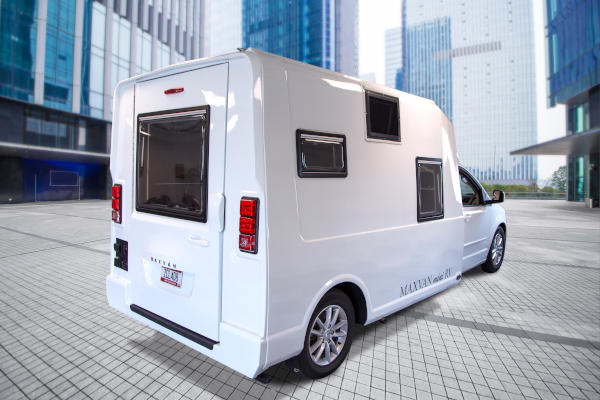
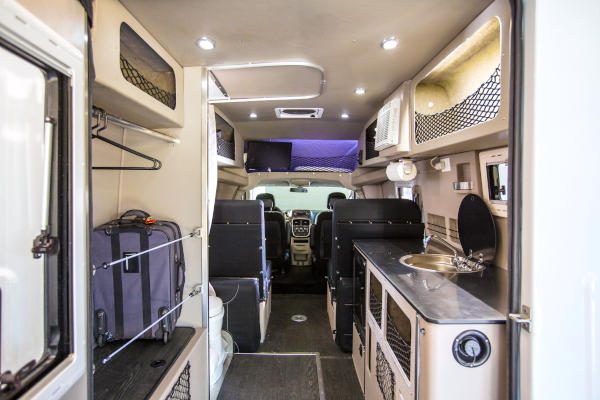
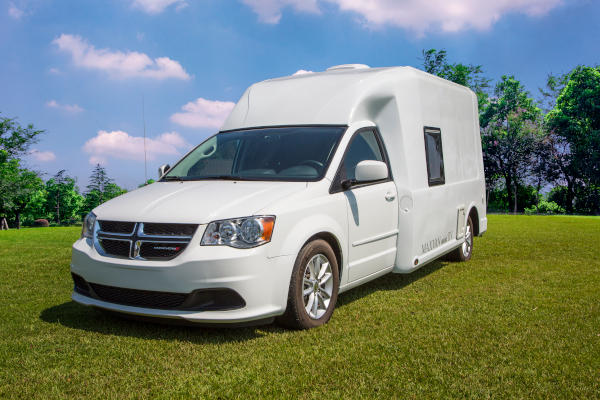
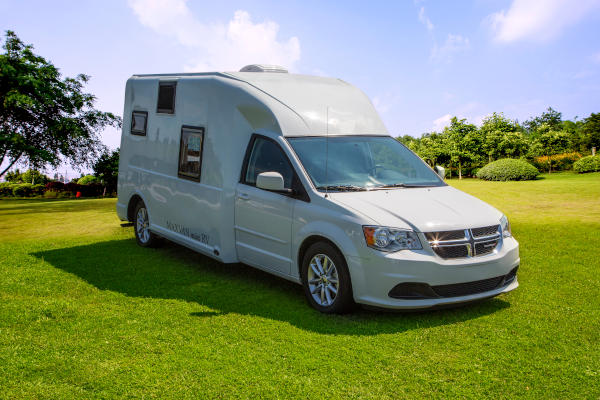
Jump ahead to 2015, after converting somewhere between 4,000-5,000 vehicles, I wanted to try something different. I have always enjoyed camping, hiking, and backpacking, and I wanted to make a product that I could use for that purpose. So I started to design an RV or camper van. I designed the MAXVAN 1.0 Mini RV.
Since there were extra minivans available and I had the the use of many parts from our handicapped conversions, I designed it around a minivan that was modified in the back to be taller, wider, and longer. It was a great learning process, however it was slow and very labor intensive. We had to make everything behind the front seats backward. The doors, gas tank, floor, axle, and body had to be fabricated. The conversion used no wood. All interior cabinets were fiberglass or aluminum for weight reduction. In the end, we were able to make around 15 of them. The people who were able to buy one still love them. They drive well and get great gas mileage.
MAXVAN 2.0
In 2017, I started the work on the MAXVAN 2.0 an RV based on the RAM ProMaster designed from the ground up for handicapped use. I still wanted to make an RV, but I wanted it to be easier to build. The ProMaster, is tall and long enough, but the width was not wide enough for handicapped use. I decided to modify the van by installing a new, permanent drivers side cabin expansion 8” wider than original van. We first started selling these models in November of 2020 which have been a huge success.
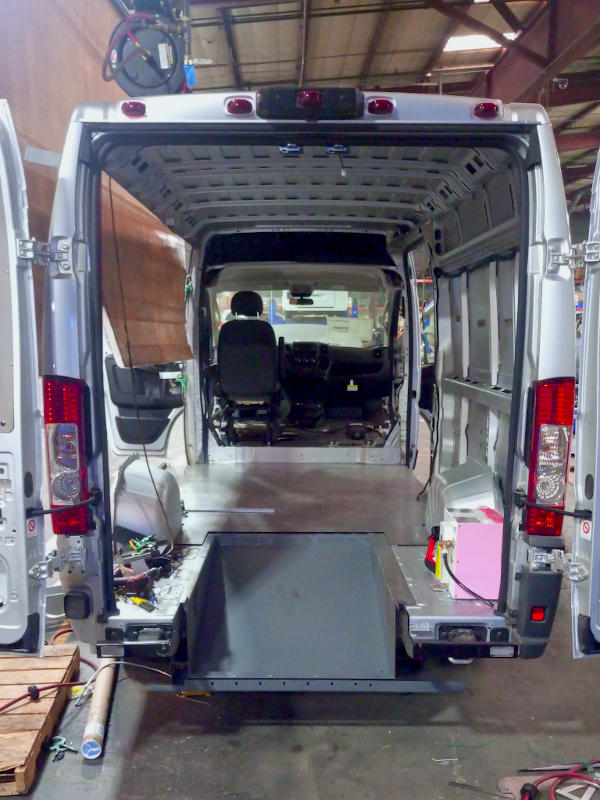
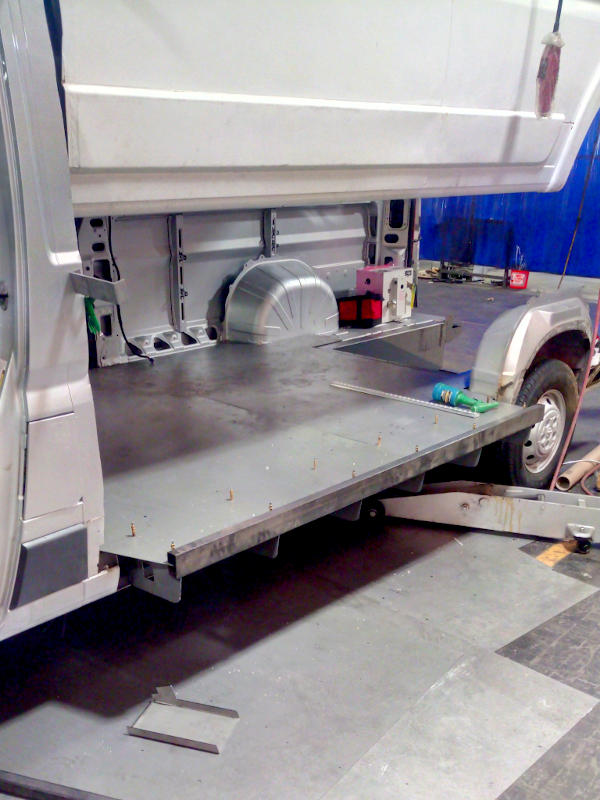
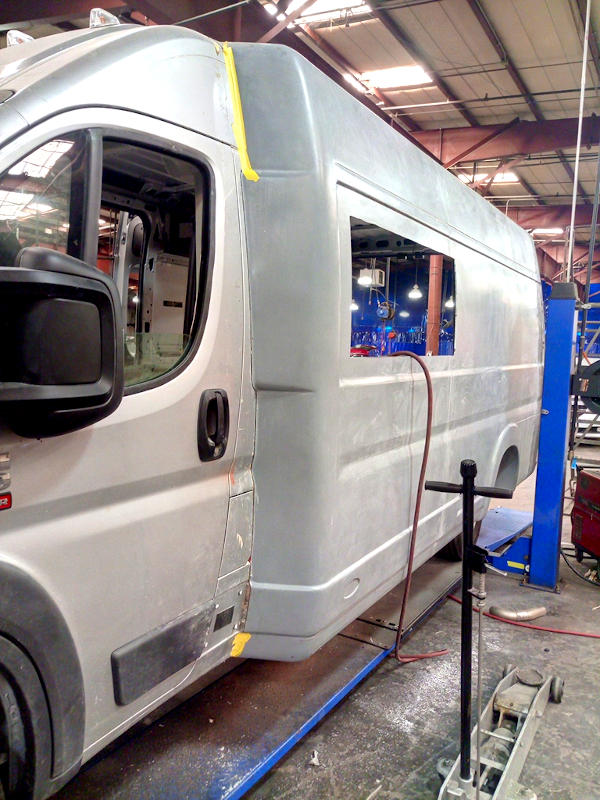
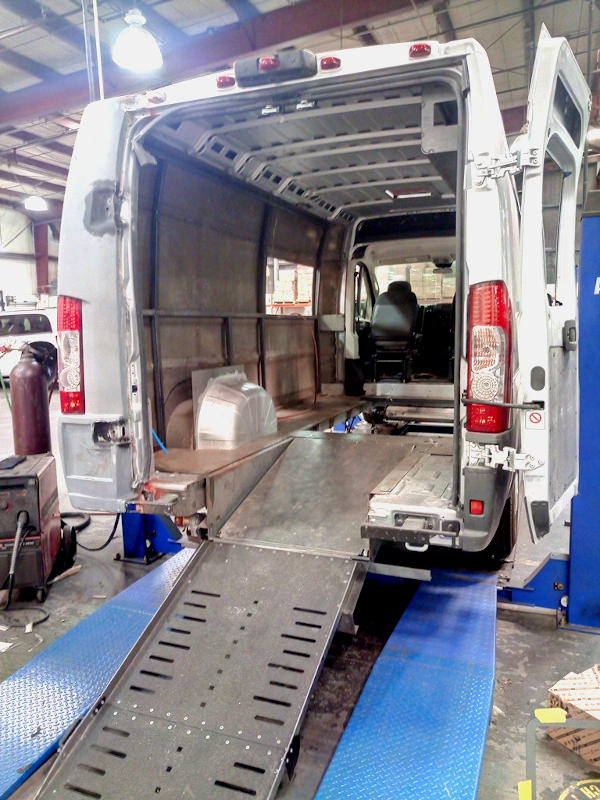
Early stages of the Pathway model (slideshow)
